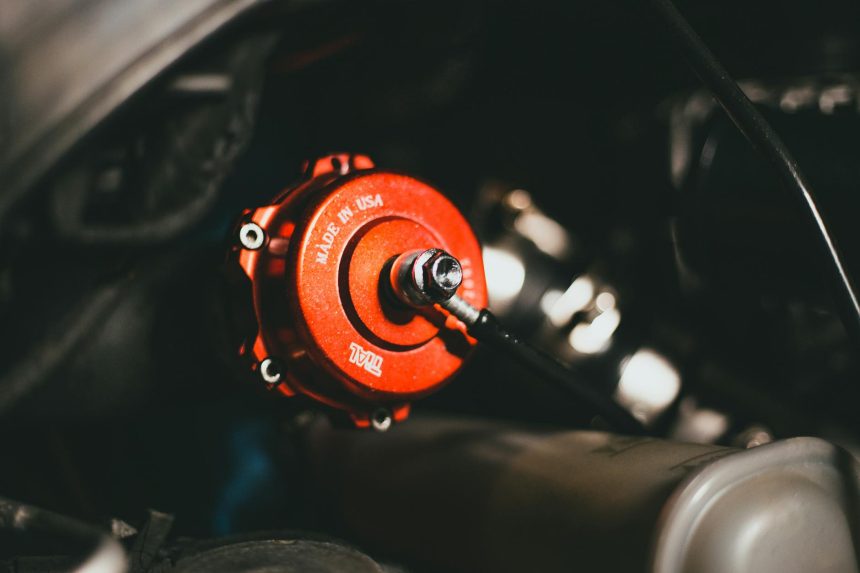carbon-capture-industry
Carbon Capture Industry: Unlocking Louisiana’s Energy Future
Carbon Capture Industry: Unlocking Louisiana’s Energy Future
The quest for a sustainable energy future often highlights innovative technologies, and among the most promising is the **Carbon Capture Industry**. For decades, this vital sector has quietly played a significant role in managing industrial emissions, particularly in regions like Louisiana. But what exactly does this industry entail, and why is its growth so crucial for our planet and economy? This article delves into the core functions of carbon capture, its historical presence, and the immense potential it holds for a cleaner tomorrow.
What is the Carbon Capture Industry?
At its heart, the carbon capture industry focuses on preventing large quantities of carbon dioxide (CO2) from entering the atmosphere. This involves capturing CO2 from industrial sources, transporting it, and then securely storing it deep underground or utilizing it in other processes. It’s a critical component of global efforts to reduce greenhouse gas emissions and combat climate change, offering a tangible path toward industrial decarbonization.
The Critical Role of CO2 Transportation
Once captured, CO2 isn’t always stored right at the source. Efficient and safe **CO2 transportation** is therefore paramount. This usually involves pipelines, which are the most common and cost-effective method for moving large volumes of CO2 over long distances. Specialized ships or trucks can also be used for smaller quantities or routes where pipelines aren’t feasible, ensuring the captured gas reaches its final destination securely.
Understanding CO2 Injection and Storage
The final, crucial step in the carbon capture process is **CO2 injection** and permanent geological storage. This involves pumping the CO2 deep into suitable underground rock formations, often saline aquifers or depleted oil and gas reservoirs, where it is trapped indefinitely. These sites are carefully selected and monitored to ensure the CO2 remains safely contained, preventing its release back into the atmosphere and effectively removing it from the carbon cycle.
Louisiana’s Pivotal Role in the Carbon Capture Industry
Louisiana stands out as a pioneering state in the realm of carbon management. Its extensive experience with industrial processes and geological formations has positioned it as a leader in the **Carbon Capture Industry**. The state’s long-standing involvement provides a robust foundation for future expansion and innovation in this critical sector.
Decades of Expertise: A Louisiana Advantage
Remarkably, the practices of CO2 transportation and injection have been an integral part of the Louisiana **energy sector** for nearly five decades. This extensive history is not merely a footnote; it represents a wealth of accumulated knowledge, technical expertise, and operational experience. This deep understanding of the complexities involved provides a significant advantage as the industry scales up to meet modern climate challenges.
Building Robust Infrastructure for Sustainable Growth
The state’s long engagement means there is already a robust infrastructure in place, including pipelines and storage sites, to support carbon capture operations. This existing framework is vital for the continued development and expansion of climate solutions. Furthermore, Louisiana’s unique geology offers vast potential for secure CO2 storage, making it an ideal hub for future carbon capture projects. For more insights into the broader context of carbon capture, visit the Environmental Protection Agency’s CCUS page.
Benefits of a Thriving Carbon Capture Industry
Beyond its direct environmental impact, a flourishing carbon capture industry brings a multitude of benefits, from fostering economic growth to driving technological advancements. It represents a strategic investment in a resilient future.
Driving Environmental Sustainability and Climate Goals
- **Significant Emissions Reduction:** By preventing CO2 from industrial sources from reaching the atmosphere, carbon capture directly contributes to lowering overall greenhouse gas emissions, a key step in mitigating climate change.
- **Supporting Hard-to-Abate Sectors:** It offers a viable pathway for heavy industries, like cement, steel, and chemicals, to decarbonize their operations, sectors where electrification or other renewable solutions are currently less feasible.
- **Enhancing Air Quality:** Reducing industrial emissions can also lead to improvements in local air quality, benefiting public health in surrounding communities.
Fostering Economic Development and New Opportunities
- **Job Creation:** The development, construction, and operation of carbon capture facilities, pipelines, and storage sites create numerous jobs across various skill levels, from engineers to construction workers.
- **Innovation and Investment:** The industry drives research and development into new technologies, attracting significant investment and fostering innovation in clean energy solutions.
- **Energy Security:** By allowing traditional energy industries to operate more cleanly, carbon capture supports a stable energy supply during the transition to fully renewable sources, maintaining economic stability. For further reading on global efforts, check out the Department of Energy’s CCUS initiatives.
Navigating Challenges and Future Pathways for Carbon Capture
While the potential of carbon capture is immense, the industry faces challenges that require continued innovation, collaboration, and supportive policies to overcome. Addressing these will be key to unlocking its full potential.
Overcoming Technical and Operational Hurdles
Scaling up carbon capture technologies efficiently and cost-effectively remains a primary focus. Advancements are needed in capture efficiency, energy consumption during the capture process, and long-term storage integrity. Continuous monitoring and verification of storage sites are essential to ensure permanent containment and build public trust.
The Evolving Policy and Regulatory Landscape
Supportive government policies, incentives, and a clear regulatory framework are crucial for accelerating the deployment of carbon capture projects. These policies can reduce financial risks for investors, standardize operational safety, and streamline permitting processes, paving the way for widespread adoption and the growth of the **Carbon Capture Industry**.
The **Carbon Capture Industry**, particularly with its deep roots in places like Louisiana, represents a powerful tool in our arsenal against climate change. Its ability to manage CO2 emissions, coupled with its potential for economic growth and innovation, positions it as a cornerstone of future sustainable development. With continued investment, technological advancements, and supportive policies, this industry is set to play an even more critical role in shaping a cleaner, more prosperous world.
Ready to delve deeper into the future of sustainable energy? Explore our resources on carbon capture technologies and the evolving energy landscape today.
Explore the thriving Carbon Capture Industry, a cornerstone of Louisiana’s energy sector for decades. Discover how CO2 transportation and injection drive innovation and sustainable growth. Learn more!
carbon capture industry technology, CO2 storage solutions, Louisiana energy infrastructure
© 2025 thebossmind.com
Featured image provided by Pexels — photo by Erik Mclean







